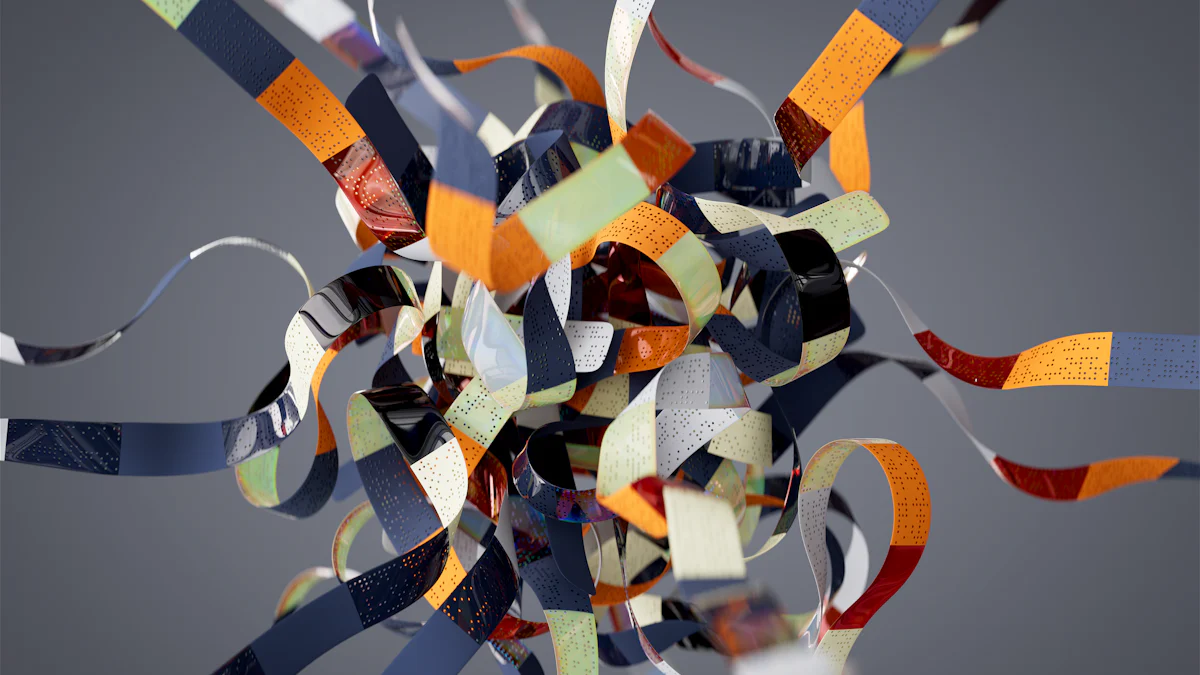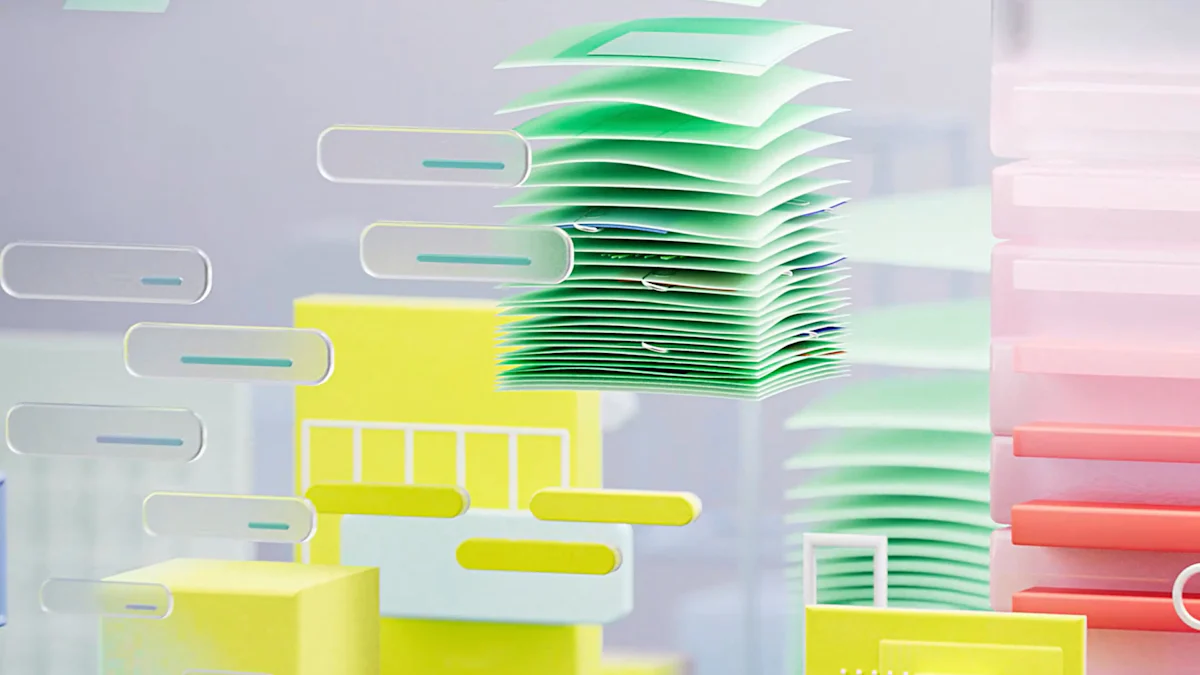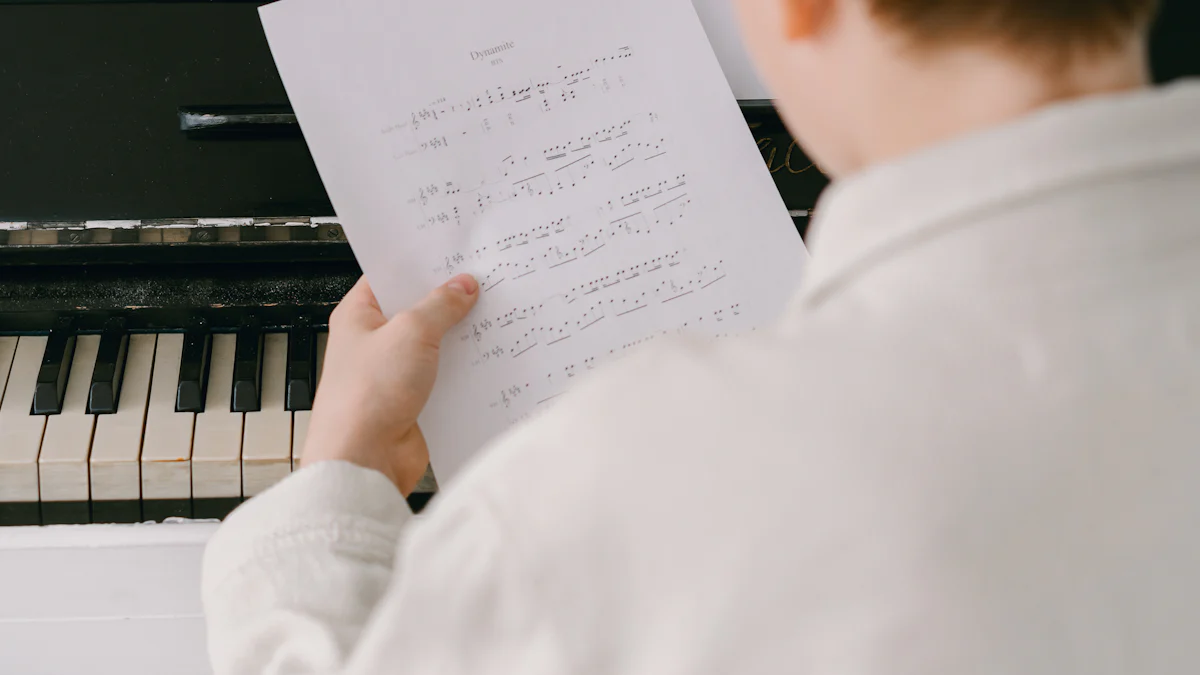Could AI Replace Human Artists and Musicians?

Artificial Intelligence (AI) has made significant strides in the creative industry, sparking debates about its potential to replace human artists and musicians. You might wonder why the topic of AI replacing artists is crucial today. The marketing and creative sectors lead in AI adoption, with 76% of professionals believing AI will become essential in creative processes within five years. As AI's global market value approaches $137 billion by 2030, understanding its impact on art and music becomes vital. This exploration invites you to consider whether AI could truly replace artists or if it merely complements human creativity.
Understanding AI in the Creative Process

What is AI in Art and Music?
Artificial Intelligence has become a powerful tool in the world of art and music. You might wonder what AI in this context means. Essentially, AI refers to computer systems that can perform tasks typically requiring human intelligence. In art and music, AI applications range from generating new compositions to creating visual artworks. For instance, AI algorithms like DeepArt and DeepDream have pioneered new artistic possibilities, blurring the lines between human and machine creativity.
The journey of AI in art and music has a rich historical context. In 1957, Lejaren Hiller and Leonard Isaacson composed the Illiac Suite, often cited as the first significant example of AI-generated music. This groundbreaking piece marked the beginning of AI's influence in the creative industry. Fast forward to the 1980s, when David Cope developed the "Experiments in Musical Intelligence" (EMI) project. This project aimed to analyze and emulate the style of various classical composers, showcasing AI's potential to replicate human creativity.
How AI Creates Art and Music
AI creates art and music through sophisticated algorithms and techniques. These algorithms analyze vast amounts of data to identify patterns and generate new content. For example, Google's Magenta project, launched in 2016, released the first AI-generated piano melody. This project demonstrated how AI could compose music by learning from existing compositions.
Several case studies highlight the capabilities of AI-generated art and music. The Illiac Suite, as mentioned earlier, set the stage for future developments. More recently, AI-generated artworks have gained attention in the art world. These creations explore the similarities and differences between AI art and human art, raising questions about the implications of this evolving artistic landscape.
AI's ability to replace artists remains a topic of debate. While AI can produce impressive works, it lacks the emotional depth and intuition that characterize human creativity. You might find AI-generated art fascinating, but it often serves as a complement to human creativity rather than a replacement. As AI continues to evolve, its role in the creative process will likely expand, offering new opportunities for artists and musicians to collaborate with technology.
The Pros and Cons of AI in the Creative Industry
Advantages of AI in Art and Music
Efficiency and Productivity
AI can significantly boost your efficiency and productivity in art and music creation. By automating repetitive tasks, AI allows you to focus on more complex and creative aspects of your work. For instance, AI tools can quickly generate background music or assist in editing, saving you valuable time. This efficiency means you can produce more content in less time, enhancing your overall productivity.
New Creative Possibilities and Innovations
AI opens up new creative possibilities and innovations for you. With AI, you can explore styles and techniques that might be challenging to achieve manually. AI algorithms can analyze vast datasets, offering you fresh perspectives and ideas. This capability enables you to experiment with novel concepts and push the boundaries of traditional art and music. AI-generated art, for example, can blend different styles, creating unique and innovative pieces that inspire you to think outside the box.
Challenges and Limitations
Lack of Human Emotion and Intuition
Despite its advantages, AI lacks the human emotion and intuition that define your creativity. AI-generated art and music often miss the personal touch and emotional depth that come from your experiences and feelings. While AI can mimic certain styles, it cannot replicate the soul and intentionality that you bring to your creations. Your art reflects your unique perspective, cultural context, and emotional expression, which AI cannot fully capture.
Ethical and Copyright Issues
AI in the creative industry also raises ethical and copyright concerns. You might wonder who owns the rights to AI-generated content. The question of authorship becomes complex when AI plays a significant role in creation. Additionally, AI can inadvertently infringe on existing copyrights by generating content similar to existing works. These issues require careful consideration and regulation to ensure that your rights as an artist or musician are protected.
The Human Element in Art and Music

The Role of Emotion and Intuition
Human creativity stands out due to its emotional depth and intuitive nature. You bring a unique perspective to your art, shaped by personal experiences and emotions. This individuality makes your creations irreplaceable. AI Replace Artists? Not entirely. While AI can mimic certain styles, it cannot replicate the soul and intentionality that you infuse into your work.
Consider the emotional resonance in a painting by Vincent van Gogh or the soulful melodies of Ludwig van Beethoven. These masterpieces reflect the artists' inner worlds, capturing emotions that AI cannot fully grasp. Your creativity is not just about technique; it's about conveying feelings and connecting with others on a profound level. This human touch remains a crucial element in art and music, ensuring that AI Replace Artists remains a complex question.
Collaboration Between Humans and AI
AI offers exciting opportunities for collaboration, enhancing your creative process. By providing tools and assistance, AI enables you to explore new techniques and styles. This partnership can push the boundaries of artistic expression, opening up new frontiers for you to explore.
Enhancing Creativity Through Technology: AI can analyze vast datasets, offering you fresh perspectives and ideas. This capability allows you to experiment with novel concepts and push the boundaries of traditional art and music. AI Replace Artists? Not quite. Instead, AI serves as a valuable resource, complementing your creativity and expanding your artistic horizons.
Successful Partnerships and Projects: Numerous collaborations between humans and AI have resulted in groundbreaking works. For example, the AIVA (Artificial Intelligence Virtual Artist) project has composed symphonies that blend human emotion with AI's computational power. These partnerships showcase the potential of AI to revolutionize the art world, offering you new opportunities to collaborate with technology in innovative ways.
"AI can provide tools and assist in the creative process, enabling artists to explore new techniques, styles, or generate ideas."
By embracing AI as a collaborator, you can navigate the complex terrain of human and AI collaboration in art. This partnership allows you to focus on meaningful messaging and personal growth, rather than replacing your unique contributions. As AI continues to evolve, its role in the creative process will likely expand, offering you new opportunities to collaborate with technology and enhance your artistry.
Future Implications and Ethical Considerations
The Future of AI in the Creative Industry
Predictions and Trends
AI continues to evolve rapidly, reshaping the creative industry. You might wonder what the future holds for AI in art and music. Experts predict that AI will become an integral part of the creative process, offering new tools and techniques. This integration could lead to the emergence of hybrid art forms, blending human creativity with AI's computational power. As AI technology advances, you can expect more sophisticated algorithms capable of generating complex and innovative artworks.
The trend towards AI-assisted creativity suggests a shift in how art and music are produced. You may find AI tools becoming more accessible, allowing artists and musicians to experiment with new styles and genres. This democratization of creativity could lead to a more diverse and inclusive art world, where anyone can create and share their work.
Potential Impact on Employment and Industry Dynamics
AI's rise in the creative industry raises questions about employment and industry dynamics. You might worry about AI replacing jobs traditionally held by artists and musicians. While AI can automate certain tasks, it also creates new opportunities for collaboration and innovation. Artists who embrace AI as a tool can enhance their creative processes and explore new avenues for expression.
The integration of AI into the creative industry may lead to changes in job roles and skill requirements. You may need to adapt to new technologies and develop skills in working with AI tools. This shift could result in a more dynamic and flexible workforce, where artists and musicians collaborate with AI to push the boundaries of creativity.
Ethical Concerns and Debates
Ownership and Authorship of AI-Generated Content
The question of ownership and authorship of AI-generated content presents a significant ethical challenge. You might wonder who owns the rights to a piece of art or music created by an AI algorithm. Traditional notions of authorship become blurred when AI plays a significant role in the creative process. This issue raises important legal and philosophical concerns about intellectual property rights.
"AI art challenges traditional notions of creativity and authorship while exploring new aesthetic possibilities."
Society must address these concerns to ensure that your rights as an artist or musician are protected. Clear guidelines and regulations are needed to determine the ownership of AI-generated content and to prevent potential copyright infringements.
The Moral Implications of AI in Creativity
AI's role in creativity also raises moral questions about the essence of art and the value of human creativity. You might question whether AI-generated art can truly be considered creative or original. Some argue that AI lacks the emotional depth and intuition that define human creativity, while others believe that AI can be just as creative as humans.
The rise of AI-generated art and music challenges traditional perceptions of art and expression. You may find yourself contemplating the transformative shift in how society views creativity and the role of technology in artistic creation. As AI continues to evolve, it is essential to strike a balance between leveraging its benefits and maintaining the integrity of human creativity and artistic expression.
You have explored the intricate relationship between AI and human creativity. AI Replace Artists? The answer remains complex. While AI offers efficiency and new creative avenues, it cannot replicate the unique perspective and emotional depth you bring to your work. AI's role in art and music continues to evolve, sparking both excitement and concern. As AI technology advances, it is crucial for you to engage in ongoing dialogue about its implications. By embracing AI as a tool, you can enhance your creative process while preserving the essence of human artistry.
See Also
Is AI Capable of Replacing Human Creativity in Art?
The Influence of AI on Creating Music Masterpieces
Is AI-Created Art Truly Artistic?
